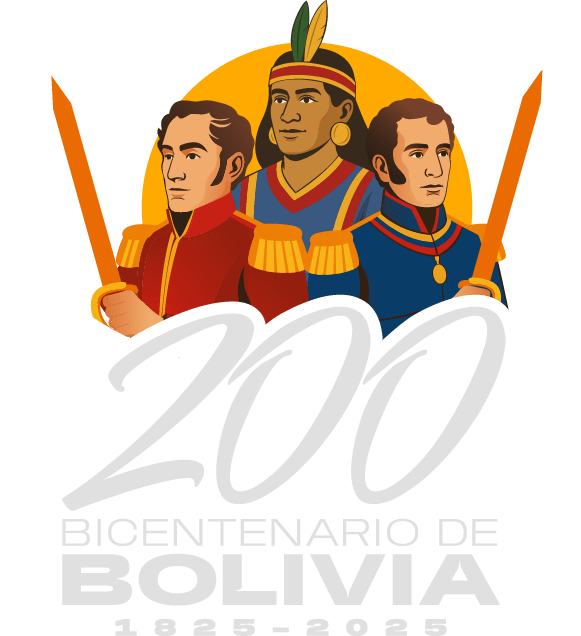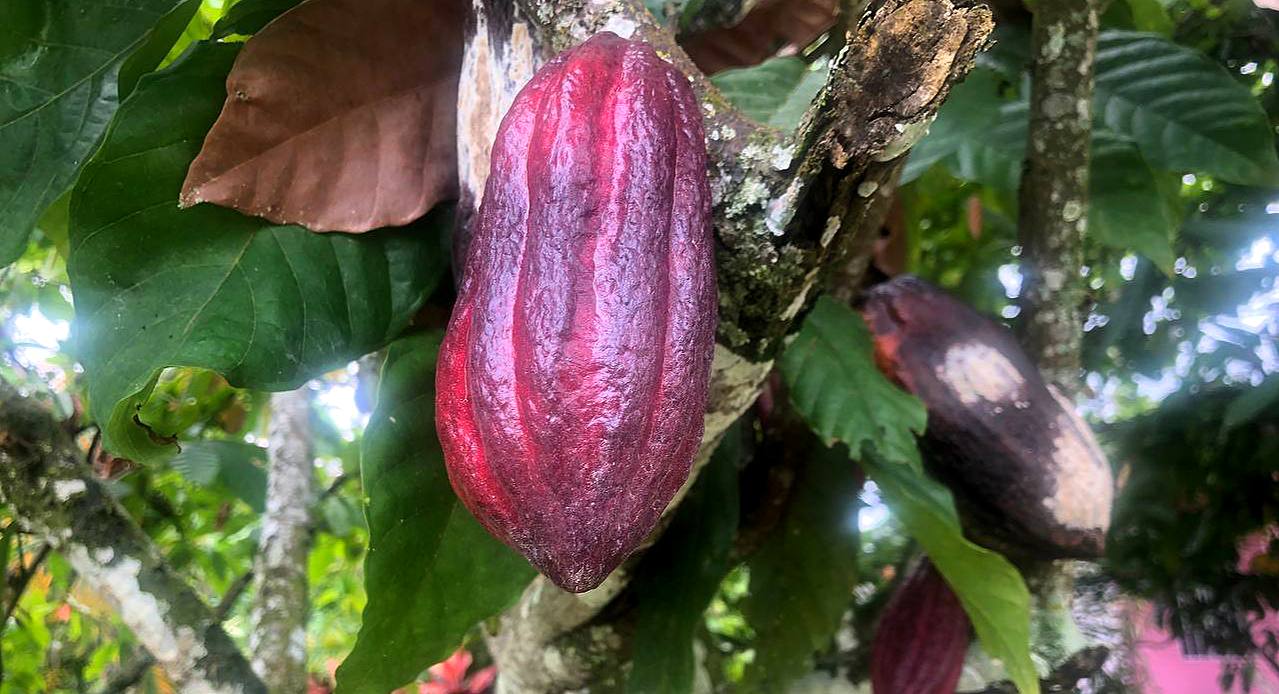Caracas, July 6, 2023. The production of cocoa in Ocumare de la Costa remains protected, thanks to the work of the Commune of the North Coastal Agro-tourism Axis of Aragua (Cenca), which cultivates 100% native beans, with agricultural practices that minimize the impact on the ecosystem.
According to Marcos Salazar, a spokesman for the North Coastal Agro-tourism Axis Commune of Aragua, the population of Ocumare de la Costa has a great history and a cocoa culture that has been kept alive from generation to generation; since, in this territory, in colonial times, there were large cocoa-producing haciendas.
“Our commune has several potentialities. We have tourism and fishing, but what identifies us as Ocumare people is cocoa production. It lives in our roots, identity, and origins. We defend our ancestral crops with all our might. Cocoa is Venezuela. The commune has a great capacity to process the bean; that is to say: we have a processing plant that can ferment and dry nine tons of cocoa in seven days, which is how long the process lasts”, he said.
In this sense, he emphasized that these community men and women have four roofed drying patios, considered the largest in the Venezuelan territory destined for this activity.
“We have a seed production unit. We have cocoa materials of the best in Venezuela made by ourselves, and they are classified. For example, we have Ocumare 61 and 73. We do artificial pollination (manual) and natural pollination with insects. It is ancestral knowledge. The cocoa seeds are 100% native, and we treat them here. We have that capacity. In our commune, many people know about ancestral crops and live to defend, preserve and multiply them,” he emphasized.
Regarding the planting and harvesting of cocoa, spokesman Marcos Salazar explained that these processes are purely agroecological because this commune, located within the Henri Pittier National Park, is directly linked to the Earth and focuses on protecting it.
“The municipality Ocumare de la Costa de Oro is within the heart of the national park; we are in the heart of the park; for this reason, we take care of the park: we live there, we are part of it. We take care of the watersheds, we reforest, we take care of the water sources, and we do not pollute. We have farmers. We have so with crops associated with cocoa. Musaceae, such as platanos, bananas, and lochos. We have roots and tubers, such as yucca and pumpkin, all cultivated to minimize the environmental impact. The plantain is a temporary shade for the cocoa. Later, we plant trees such as bucare, cedar, and apamate, which are the permanent shade for cocoa. We take care of all the details because it is our livelihood,” he said.
Salazar added that the North Coastal Axis Agro-tourism Commune of Aragua has a close relationship with the other two communes of the municipality of Ocumare de la Costa de Oro, because they are, united by the coastal axis, which shares their potential in fishing production, cocoa production, and tourism activities.
“We work with the Afro descendant Agro-tourist Cumbe Cumarí Commune, which has five communal councils, and with the Afrodescendant Agro-tourist and Fishing Commune Daniel Naranjo, which also has five communal councils. The first has two huge cocoa-producing farms; the second has the tools and machinery for processing, and we have the largest roofed drying patios in the country. It is a collective work. We are a unit; we all defend our ancestral crops. We all have our ancestors who suffered slavery and lived in colonial times. United by history, and now we are working to grow food and defend our legacy,” he stressed.



